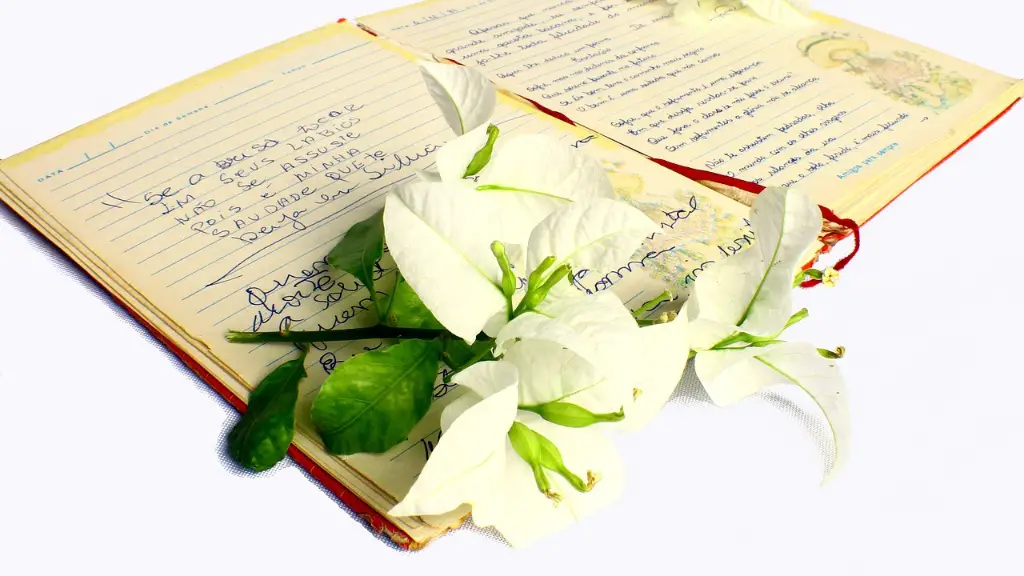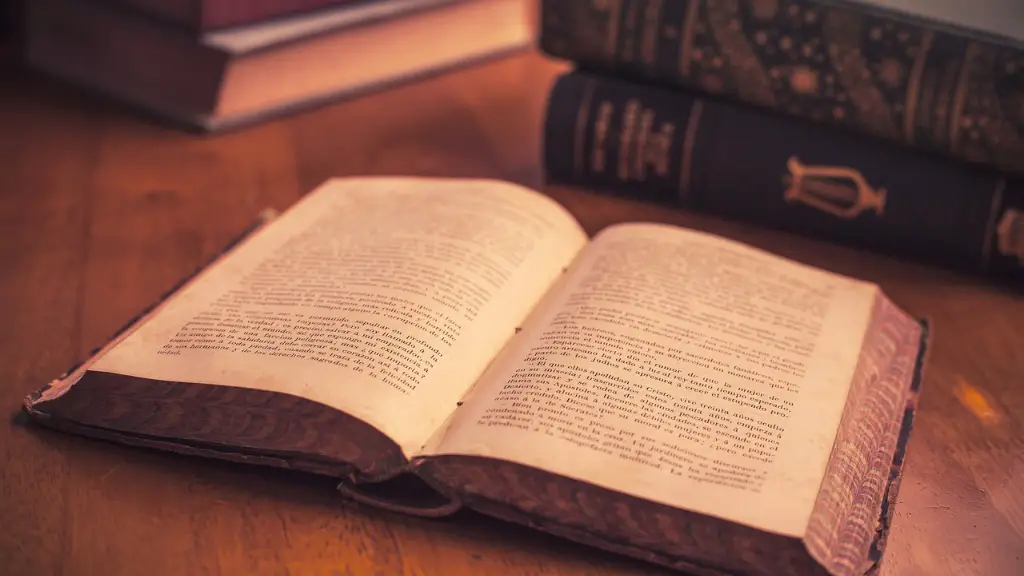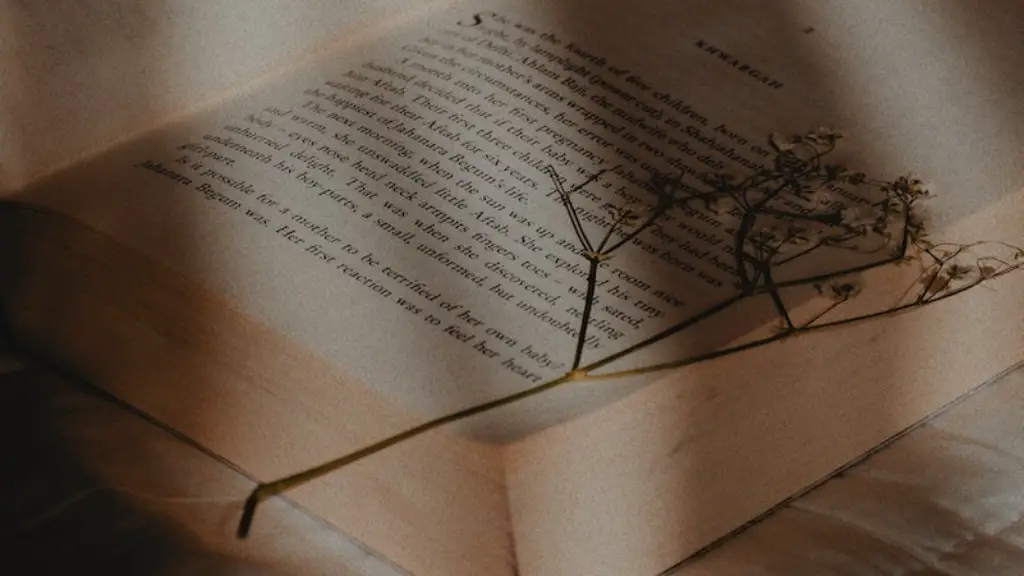Poetry has been around for centuries, as a form of self-expression, storytelling and emotion. But what exactly does it include? In this article, we will explore the different types of poetry, from the traditional and more common types like sonnets and haikus to the more esoteric that some may not be familiar with.
Traditional poetry is considered to include any poem that follows a certain pattern, such as a sonnet, villanelle, limerick, and more. Most of these poems have a set rhythmic structure, with a specific number of syllables per line and number of lines per poem. Sonnets are perhaps the best known and most popular of these, usually 14 lines long, written in iambic pentameter and split into two sections, the octave and the sestet. Villanelles, on the other hand, are composed of three tercets and one quatrain, and contain two repeating rhymes. Examples of these types of poetry can be found in the works of authors such as William Shakespeare, Christina Rossetti and Edna St. Vincent Millay.
Haikus, a type of Japanese traditional poetry, occupies a special place in the poetry world due to its unique format: three lines that contain a total of 17 syllables. They are used to capture complex ideas in a very simple way, emphasizing on the beauty of nature and the changing seasons. Haikus are also useful for conveying humor or irony.
Narrative poetry is a type of poem that tells a story. It can be as long or as short as the poet wishes, and usually follows a particular plot. Examples include epics, ballads, odes and idylls. Epic poetry is probably the oldest and grandest form of this kind of poetry, and it is used to recount heroic stories and adventures. Ballads, on the other hand, are more popular and are intended for singing. These are composed of verses and a chorus, and often focus on love stories. Odes are rather lyrical in nature and are written in praise of an event, a place or a person. Lastly, idylls are short poems, usually composed of four lines, that describe natural scenes and pastoral elements.
Lyric poetry is another type of poem that is used to express the emotions and feelings of the poet. It is quite similar to narrative poetry as it often follows a story, but its main aim is to convey moods or impressions rather than tell a story. Examples of lyric poetry include odes, elegys, elegies and sonnets. Odes are usually composed to praise somebody or something, while elegies usually deal with sorrow or loss. Lyrical poetry also includes profane, religious and dramatic works.
Another type of poetry is free verse, which as the name suggests is an unstructured way of writing poems. Free verse follows no particular meter or form, and usually has no fixed number of lines or syllables. This type of poem is best for conveying a certain message or mood in a very straightforward and natural way.
Concrete Poetry
Concrete poetry is a type of poem that uses words in an artistic way in order to create a certain visual effect. It is also known as shape poetry, as the words are arranged in such a way that they form a particular shape on the page, such as a star, heart or circle. This type of poem aims to create a connection between the form of the poem and its content.
Limericks
Limericks are a type of light-hearted poetry, usually composed of five lines, and are most commonly written in the anapestic meter. The first, second and fifth lines of the poem usually rhyme, and the third and fourth lines rhyme with each other. They have a certain level of humor and wit that makes them enjoyable and fun to read.
Haiku
Haikus are a specific type of Japanese poetic form that can be used to convey a sense of nature, an idea or an emotion in only 17 syllables. It follows a strict format of three lines, with the first and third lines containing five syllables each, and the second line containing seven syllables. It is an intuitive form of poetry, as it encourages the poet to look outside of language and convey an idea directly through visuals.
Sonnets
Sonnets are perhaps the most well known type of traditional poetry. They usually consist of 14 lines, and follow a strict rhyme scheme and metric pattern. They are typically focused on a single idea and aim to convey a certain emotion or meaning through their words. Famous examples of sonnets can be found in the works of poets such as William Shakespeare, John Donne and Elizabeth Barrett Browning.
Acrostics
Acrostics are a type of poem in which the first letter of each line spells out a particular word or phrase. They are usually composed to express a certain emotion or to convey a certain message. They have shorter lines and an irregular structure that makes them distinct from other types of poetry.
Epics
Epic poetry is a type of poem that dates back to ancient times, and is used to tell stories of heroes and adventure. Well-known examples of this type of poetry include the Iliad and the Odyssey, written by Homer in the 8th century BCE. Epic poems usually contain supernatural elements and long passages of dialogue.
Rhyming Poems
Rhyming poems are poems in which the last word of the line rhymes with the first word of the next line. Rhyming is an important factor of poetry, as it adds a certain level of musicality and harmony to the work. It can also be used as a tool for emphasizing certain words or ideas.



